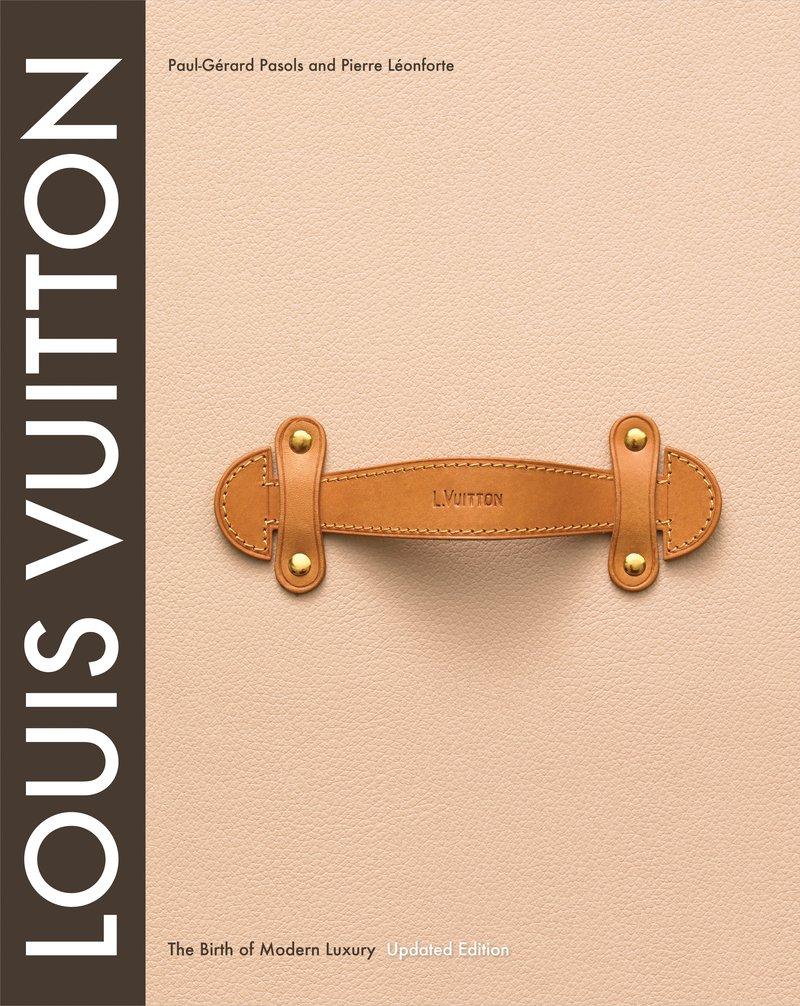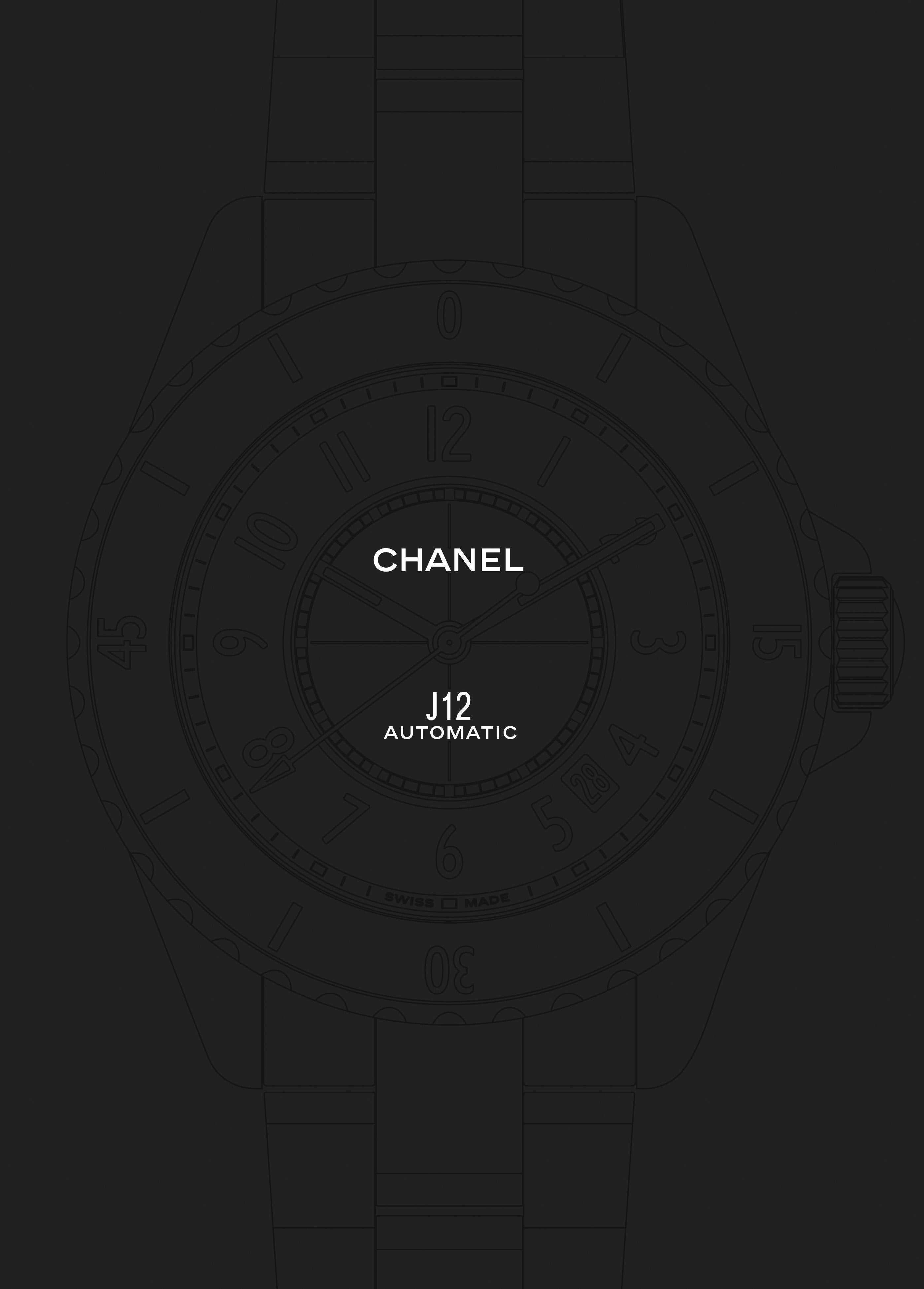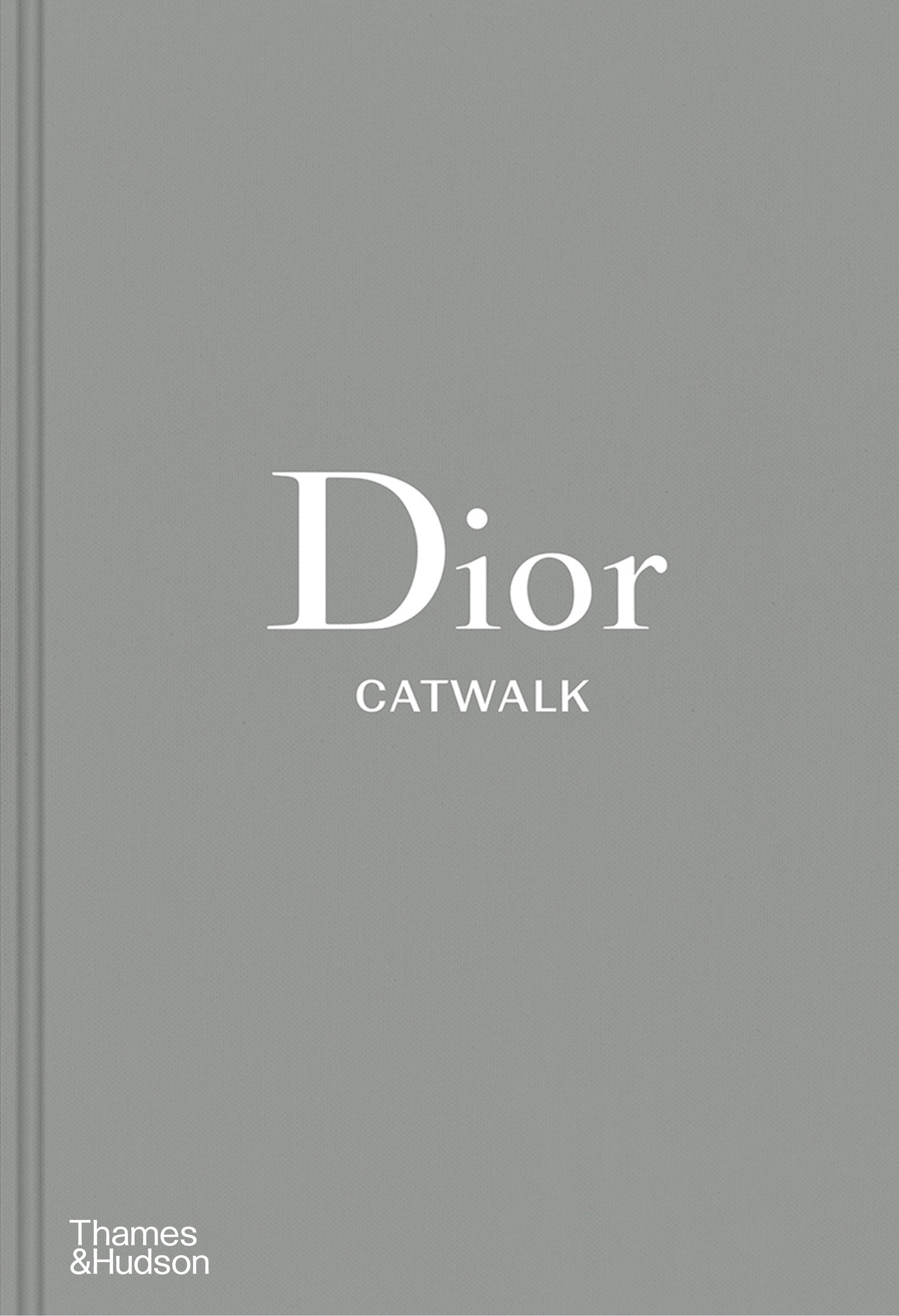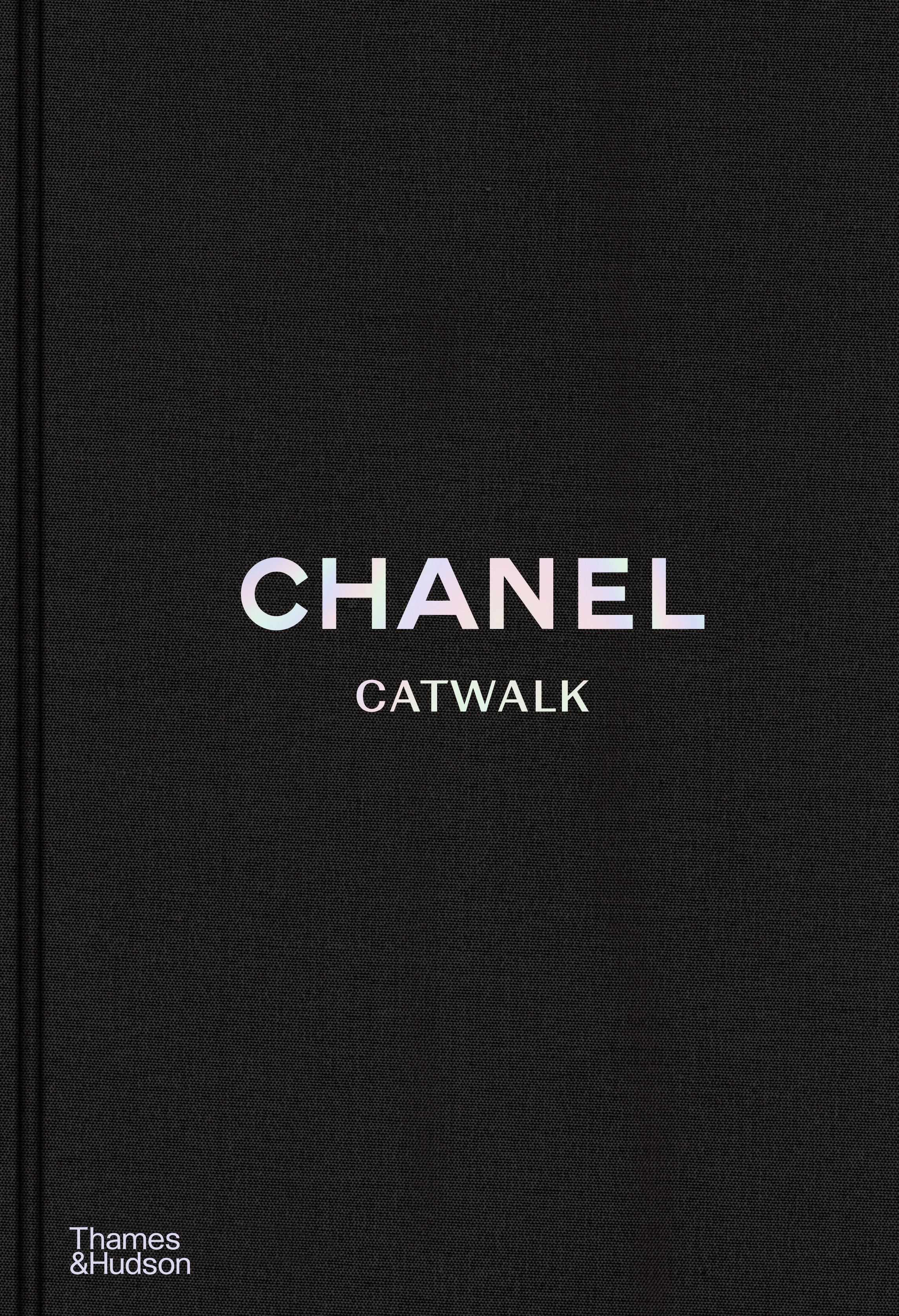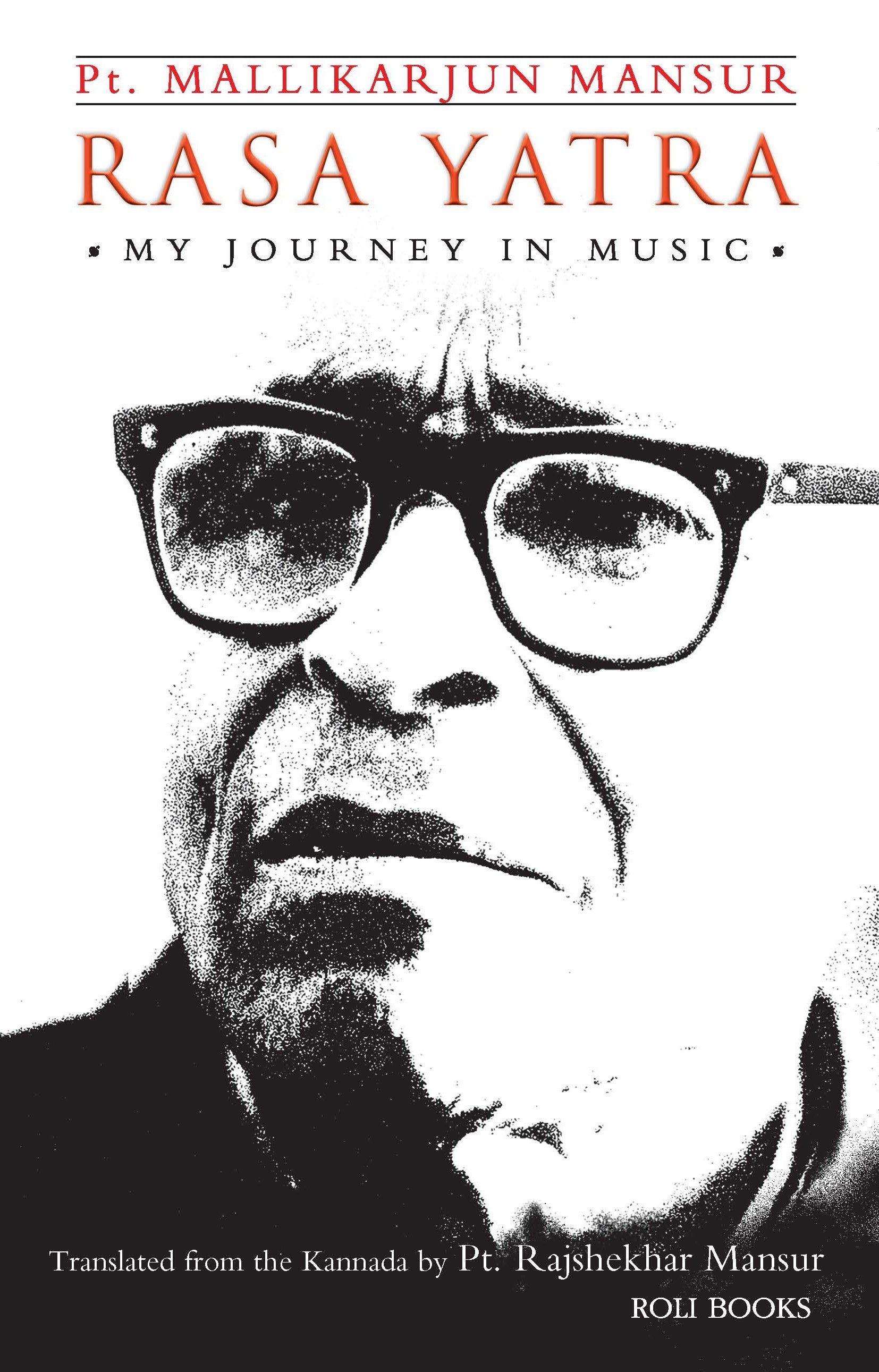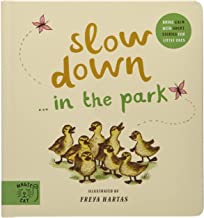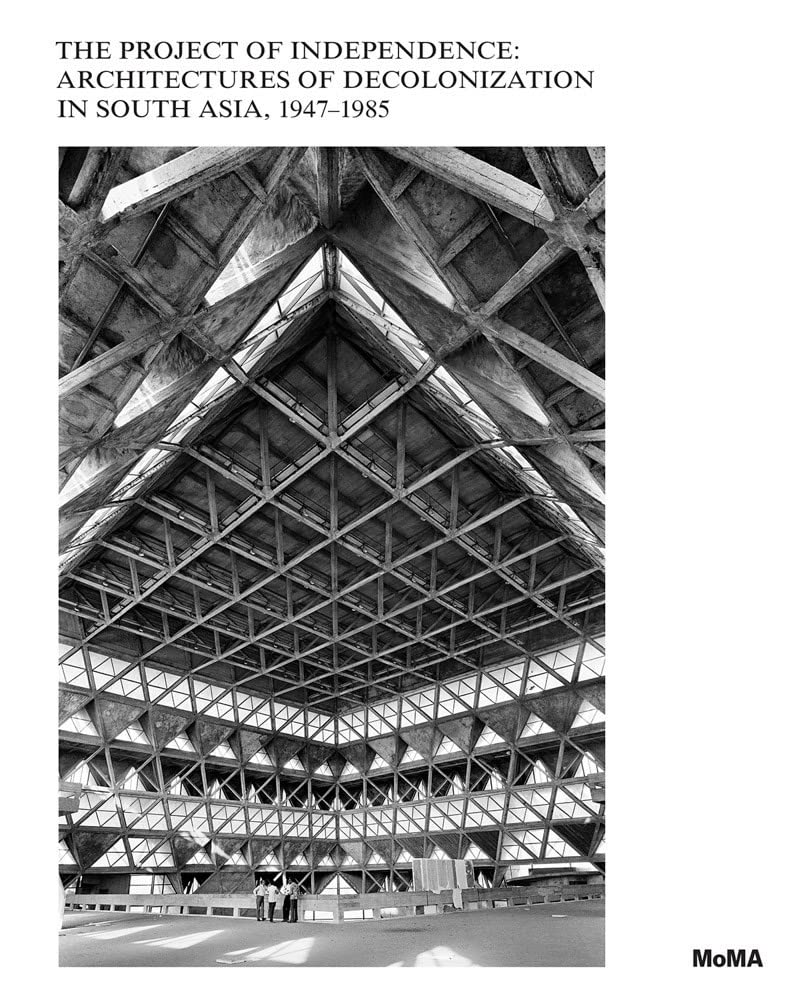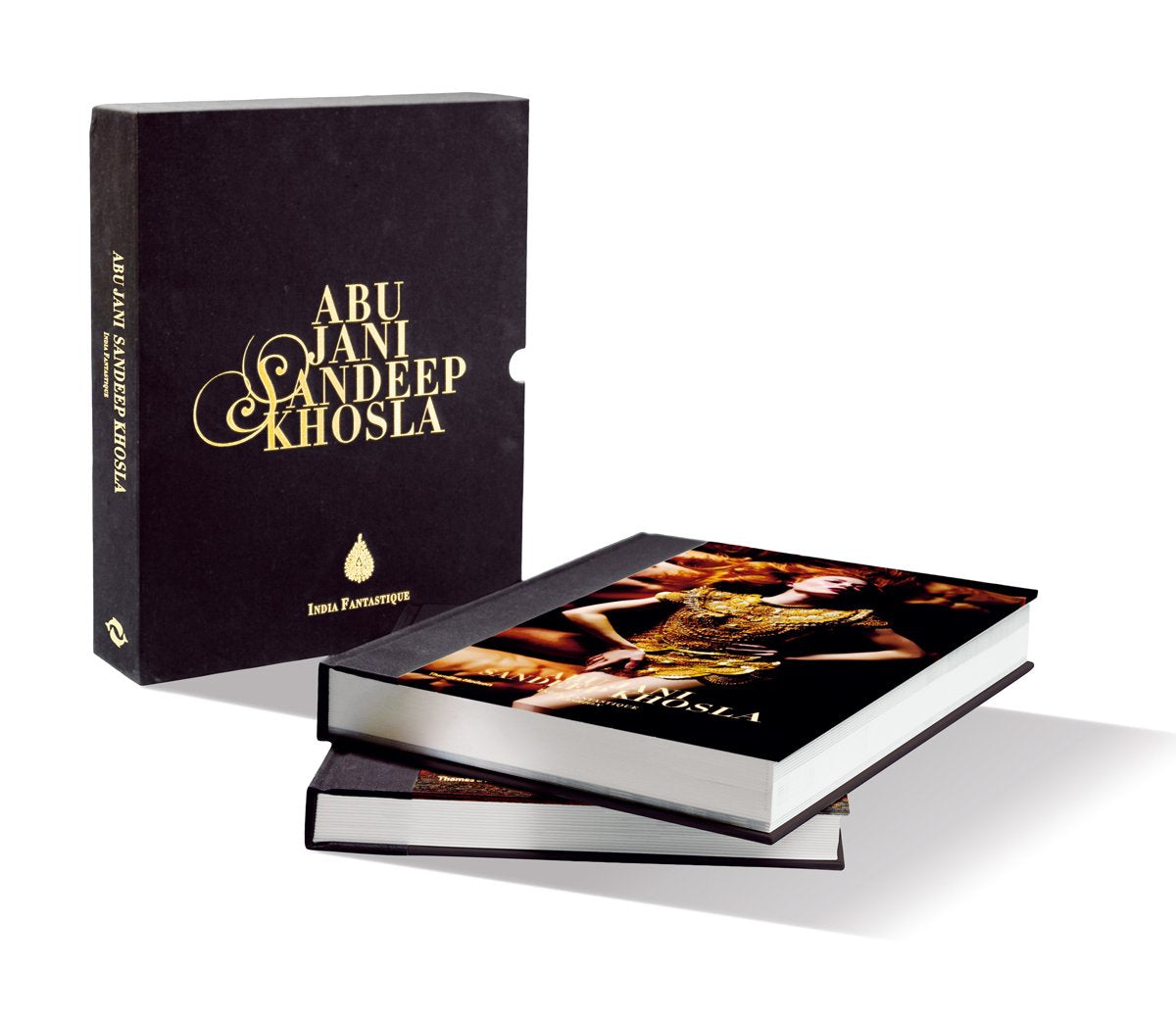Picasso: Ceramics
Michael Juul Holm and Helle Crenzien
A representative view of some 150 ceramics created by Picasso between 1947 and 1964.
In 1946, Pablo Picasso visited an exhibition of ceramics in Vallauris, an area in southeastern France known for its many potteries. He would move to the region soon after, establishing a steady relationship with the Madoura ceramics workshop in 1948. It was a watershed moment for Picasso, who throughout his long life was always on the lookout for new artistic challenges in all conceivable materials. Picasso’s experiments with various ceramic materials, oxides and glazes would produce a huge body of work: some 4,000 ceramic objects bearing the motifs of animals, fauns and women evoked through Picasso’s whimsical, elegant handling of shape and line. This major body of work in ceramics forms a lesser-known but highly original part of the oeuvre of an artist who was constantly reinventing himself and his forms.
This book presents more than 150 of Picasso’s most important ceramic works reproduced in beautiful four-colour printing, as well as new texts about the artist’s pieces in this medium. The book also contains a detailed glossary of ceramic terms and a review of the forms most commonly used by Picasso. The only book in print on this beautiful and highly imaginative part of Picasso’s oeuvre, Picasso: Ceramics is an essential volume.
Helle Crenzien and Kirsten Degel are curators at Louisiana Museum of Modern Art, Copenhagen, Denmark.






















